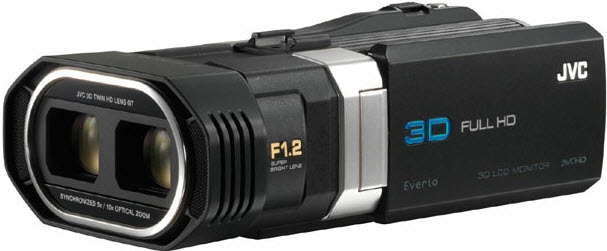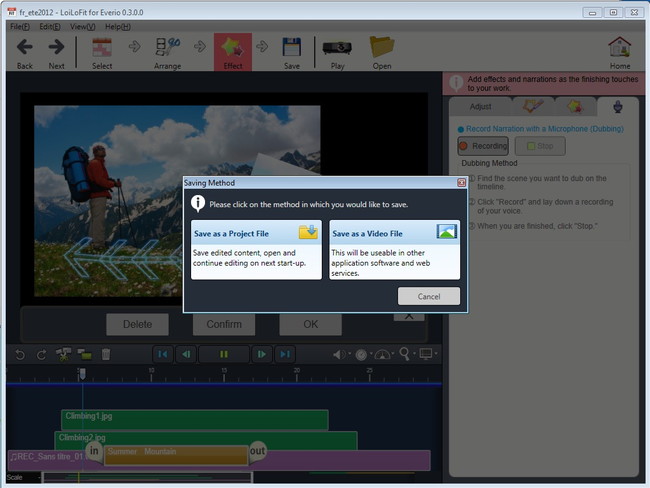

Some video decoders do not interpret the aspect ratio information in the media file header correctly, so 16:9 video may appear squeezed horizontally when viewed. Standard definition video can be recorded in 4:3 and 16:9 formats. ĭespite the file structure being unique to this video recording format, the location for still images follows the standard agreed upon by many still camera manufacturers. High definition video is stored in MPEG transport stream container files with TOD extension in most other systems these files have M2T extension.
JVC EVERIO SOFTWARE FOR MAC MOD
Standard definition video is stored in MPEG program stream container files with MOD extension in most other systems these files have extension MPG or MPEG. Each file has a sequential name with last three characters comprising a hexadecimal number, which allows for 4096 unique file names. Directory structure and naming convention are identical except for extensions of media files. All these camcorders record in MOD format.īoth MOD and TOD are file-based formats that are stored on a random-access media. In January 2008 Canon unveiled a family of tapeless standard definition consumer camcorders: the FS100, FS10 and FS11. Instead, Panasonic joined Sony to develop AVCHD. Panasonic has never released a consumer high definition camcorder that used TOD recording format. Data rates, frame sizes and frame rate were comparable to 1080-line XDCAM and HDV video. In January 2007 JVC announced its first high definition tapeless consumer camcorder, the Everio GZ-HD7, which recorded 1080i MPEG-2 video to either a built-in hard disk drive or an SD memory card. The encoding scheme, data rate, frame rate and frame size closely matched parameters of DVD-video.

Panasonic unveiled the SDR-S100, which recorded to SD cards. JVC introduced the Everio GZ-MG30, which recorded directly to an internal hard disk drive. The first camcorders that used MOD format appeared in 2003. MOD is used exclusively for standard definition video files, while TOD is used for high definition files. Some think that TOD stands for "Transport stream on disk". Neither JVC nor Panasonic, who pioneered the format, explained the meaning of the file extensions, and the formats were never given an official name. Format names correspond to extensions of video files. MOD and TOD are informal names of tapeless video formats used by JVC (MOD and TOD), Panasonic (MOD only) and Canon (MOD only) in some models of digital camcorders.


 0 kommentar(er)
0 kommentar(er)
